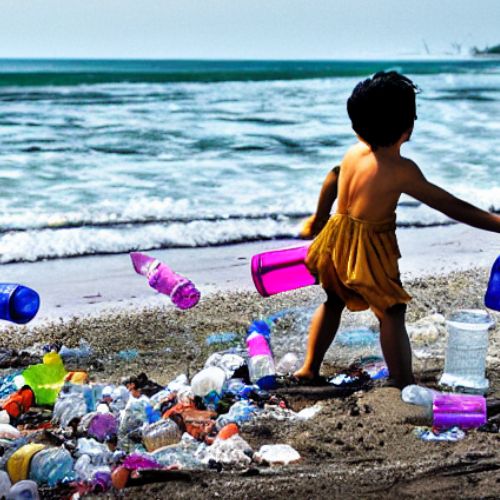There are many environmental issues facing the us today. Furthermore, environmental damage is a pressing concern affecting human health, infrastructure, and our economy. Let’s identify several major factors that contribute to the damage we see every day. Each factor has its’ own significant impact while some work together.
Environmental Issues Identified
This is a significant driver of today’s environmental damage. Climate change leads to more intense weather events, changing ecosystems, and rising sea levels. In 2023 alone, the United States experience a historic number of billion-dollar weather and climate disasters. In conclusion, there were 28 events costing almost $93 billion in reported damages.
The production and consumption of energy, mostly from fossil fuels, contribute to air pollution and greenhouse gas emissions. The emissions contribute to climate change and may lead to increased health concerns such as asthma and heart disease.
Developing and timber harvesting reduces biodiversity, disrupts habitats, and contributes to carbon emissions. Forests play a significant role in climate change as the trees absorb carbon dioxide and their loss has a direct impact on climate change.
Mining and drilling activities can lead to soil erosion, water contamination, and habitat destruction. The extraction of these natural resources must be managed carefully to minimize environmental damage.
Industrial processes, vehicle emissions, and chemical use contaminates air, water, and soil, creating carbon pollution. The Environmental Protection Agency (EPA) warns that carbon pollution is expected to lead to more severe weather events and billions of dollars of damage.
We are also facing challenges with waste management. And this includes the disposal of plastics, electronic waste, and more. Improper disposal of waste can lead to pollution and may be harmful to wildlife.
Overpopulation in certain areas can also strain resources leading to waste pollution. Hence, when cities experience urban sprawl increasing demand for housing and services, this may contribute to environmental degradation.
Conclusion
Addressing these issues will require ongoing concerted efforts from individuals, businesses, and governments. Sustainable practices in construction and remodeling, like those offered by businesses in the Pittsburgh area, can help to reduce environmental damage. Using eco-friendly materials, implementing energy-efficient designs, and minimizing waste within the construction industry can play a pivotal role in environmental conservation.
If you want to learn more about mitigating damage to the environment through sustainable construction practices, look to Pittsburgh’s Construction Practices. PNC Financial Services has been a leader in this cause with extensive experience in the field. The PNC Bank in Pittsburgh features a remarkable green wall which is considered one of the largest in North America. It’s located on the south-facing wall of One PNC Plaza at the corner of Fifth Avenue and Wood Street in downtown Pittsburgh. This living wall creates a stunning display of living art. Standing 10 stories high, it consists of 602 panels, each with 24 plants.
People admire the green wall’s aesthetics, while management also enjoy its environmental benefits. It helps to cool the 30-story building, with preliminary studies showing that the wall’s surface is 25% cooler than the ambient temperatures. This innovative approach to urban architecture showcases PNC Bank’s commitment to sustainability and green initiatives1. What they are doing is amazing!!
Remember, every action counts towards building a more sustainable future for our planet.


